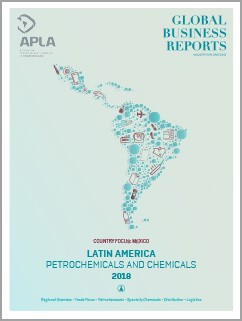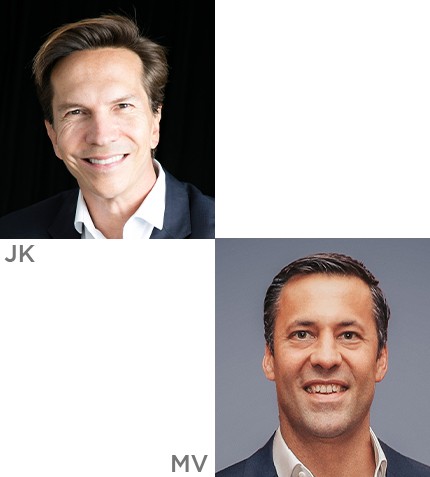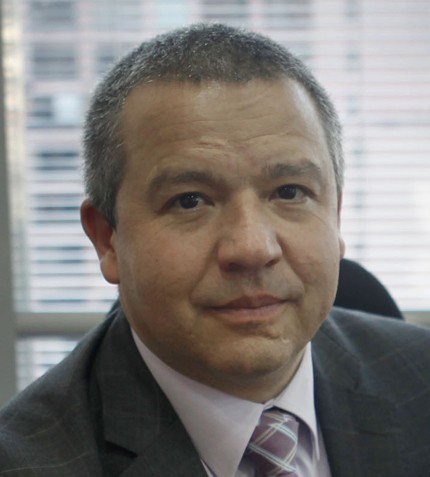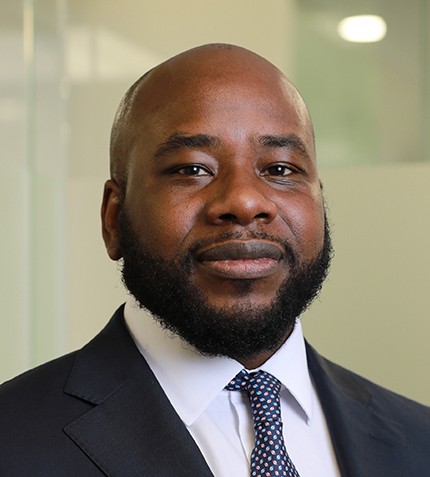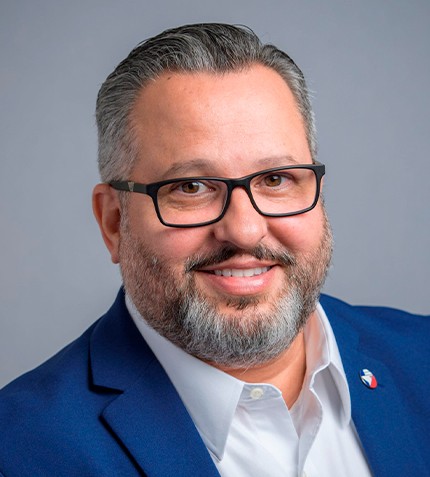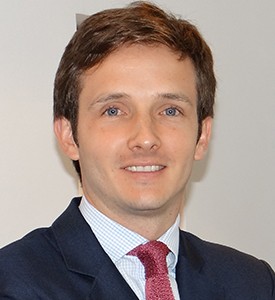
"While demand in the US and China is very strong, there are also important investments going on. In general, prices have been high and volatile over the last year. This year we have seen a shortage of high density polyethylene in the market.”
RELATED PUBLICATION
ARTICLES FROM THIS PUBLICATION
Daniel Mitchell
PRESIDENT, ACOPLÁSTICOS
What is the scope of Acoplásticos in Colombia?
Acoplásticos, created in 1961, is the association representing the chemical and petrochemical activity in plastics, paints and inks, fibers and rubber. We represent virtually 100% of the petrochemical industry in Colombia, which includes production of polypropylene, PVC, polystyrene, unsaturated polyester resins, and recycled PET, amounting to a combined capacity of 1.3 million tonnes per year (mt/y). The two main products are polypropylene and PVC. Then, in terms of the plastics converting industry, 56% of the segment consists of packaging, 20% is plastics for construction, 9% is plastics for agriculture, 7% is household products, and the remainder includes toys, auto parts, sports equipment, and others.
We have three main lines of work: first, we represent the industry to improve competitiveness. Secondly, we look for new opportunities for our members. The third pillar is sustainability, environment, technology and innovation. In sustainability we work in two main aspects: the regulatory side, and public awareness. Finally, in technology and innovation, we have our Institute for Training and Research in Plastics and Rubber (ICIPC), that offers training and consultancy services.
Who are the main petrochemical players in Colombia?
Essentia (formerly Propilco) has installed capacity of 500,000 mt/y of polypropylene. Mexichem produces around 482,000 mt/y of PVC. Americas Styrenics (AmSty) and Ajover Group have a combined capacity of 110,000 mt/y in polystyrene. Ecopetrol produces around 66,000 mt/y of low density polyethylene. In recycled PET the main players are Enka and Apropet, and the total capacity is around 60,000 mt/y. In unsaturated polystyrene resins a big player is Andercol – installed capacity for this material is around 60,000. Easily, 95% of the country’s petrochemical capacity is located in Cartagena.
What is the availability of raw material for the plastics value chain?
Last year, hurricane Harvey affected global prices and it is unclear where the market is going. While demand in countries like the US and China is very strong, there are also important investments going on. In general, prices have been high and volatile over the last year. This year we have seen a shortage of high density polyethylene in the market, while in other products the issue has been their high prices. Colombia is a strong producer of polypropylene and PVC, but in other products there is a deficit. Colombia produces 66,000 mt/y of low density polyethylene, but the market consumes 440,000 mt/y of polyethylene in its different types (LDPE, HDPE and LLDPE). We also import some PET.
What are the main issues affecting the industry’s competitiveness?
Corporate taxes in Colombia are comparatively high. The government is going to present a reform to reduce taxation, so we expect this to improve. Another point is energy costs, which are also high. A third element is the labor regulation, which is rigid and creates extra costs to companies. Then, Colombia’s topography is complex, so moving products around is a big challenge. There are large infrastructure investments going on, which should improve the situation. Finally, for the plastic converting industry, informality in the sector is an issue as well.
How solid are the economic growth prospects?
The prospects are good for the country. 2017 was not a great year as consumption growth was flat, but this year we have seen good recovery rates from the second quarter, and also Iván Duque’s policies are aligned with an improvement of competitiveness. As a result, companies are investing to expand capacity across the value chain. Looking at local demand figures, we see great opportunity to grow: in Colombia, we consume 28 kg of plastics per person per year (versus 35 kg in Brazil, 43 kg in Mexico, 45 kg in Argentina, 50 kg in Chile and 150 kg in the US).
What are your areas of work to improve the sustainability of the industry?
We work in the different steps of the circular economy. For instance, from the design stage the products need to be recyclable and environmentally sustainable. Then, we need to raise awareness about the adequate separation and disposal of waste – that is where our Dale vida al plástico campaign fits in. Then, the authorities need to do selective collection of waste, and informal recyclers need to be organized to improve their activity. Finally, companies should recycle waste to create new products.




